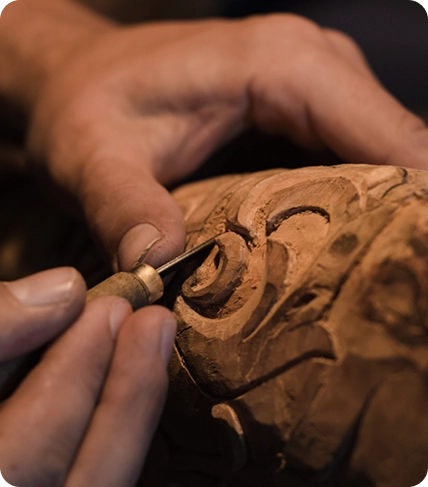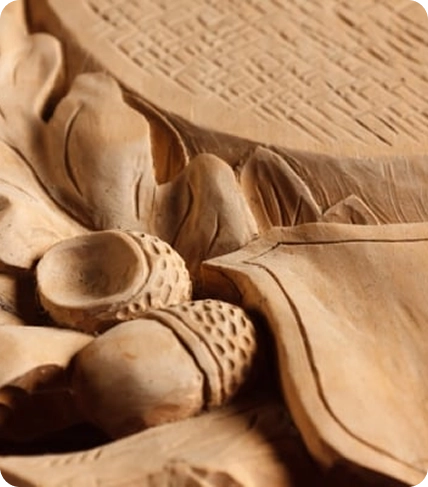Saint Hugh of Grenoble, venerated on 1 April, was a major figure in the medieval Catholic Church. Born in 1053, he became bishop of Grenoble in 1080, a role he held until his death in 1132. His life was characterised by a profound humility and an intense commitment to the reform of the Church. St Hugh is particularly known for his fundamental role in the birth of the Carthusian Order, having collaborated closely with St Bruno of Cologne in the foundation of the Grande Chartreuse. Tradition remembers him for a mystical vision of seven stars, which later became his most recognisable iconographic attribute. His holiness was such that he was canonised just two years after his death by Pope Innocent II, an exceptionally rapid recognition for the time. Besides being the patron saint of Grenoble, Saint Hugh is often invoked to alleviate headaches. His feast day, celebrated with particular devotion in the Grenoble region, is an occasion to recall the virtues of this holy bishop. In many churches and private homes, one can find a maple wood statue of Saint Hugh, finely hand-painted with oil colours. This artistic representation captures the essence of the saint, often portraying him in his episcopal robes and the seven stars of his vision, offering the faithful a tangible reminder of his exemplary life and his lasting impact on the Church.













